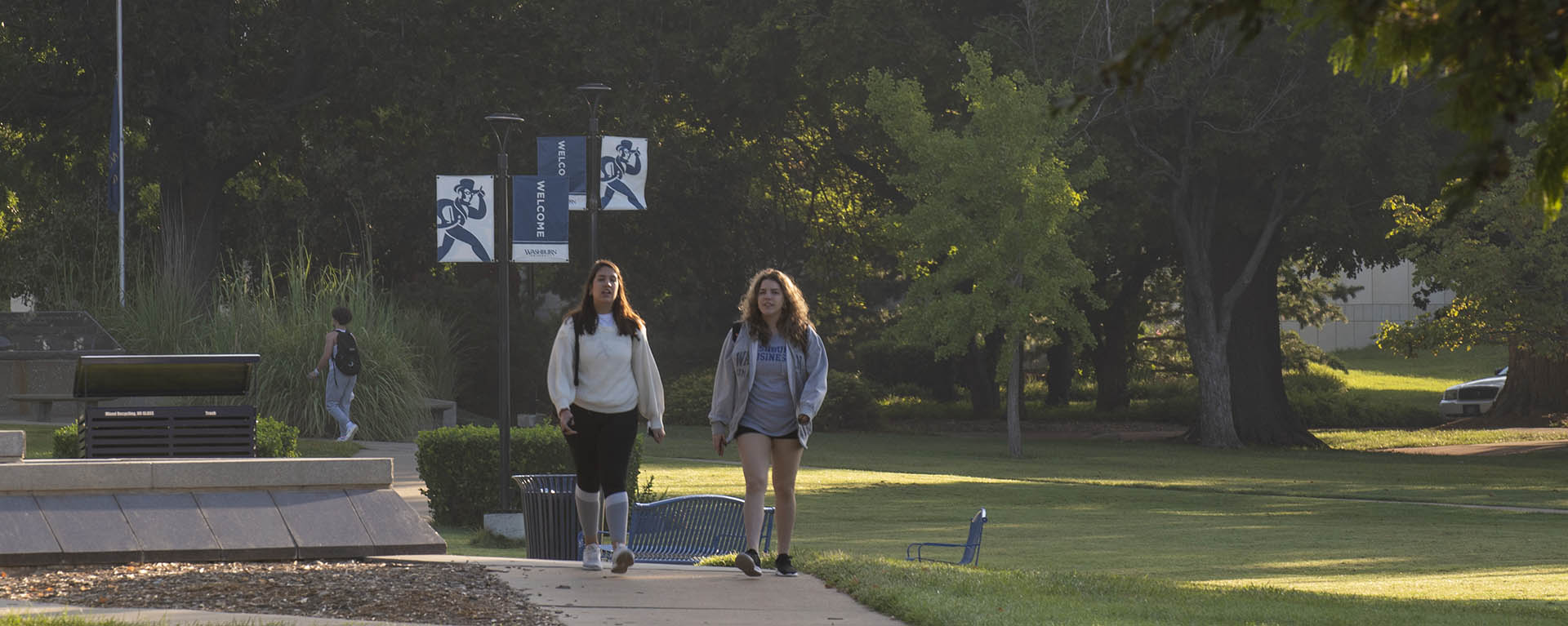
Essential Functions
Please read the following statements identifying the Essential Functions. The radiation therapist must have sufficient strength and motor coordination required for the performance of the essential functions of a work day.
- Concentrate for extended periods of time without losing focus.
- Maintain attention on tasks for prolonged durations.
- Learn, process, and retain new information efficiently.
- Apply theoretical concepts underlying the clinical practice of radiation oncology.
- Stand, walk, crouch, stoop, bend, balance, twist at neck and waist, and reach/grasp in all directions (above shoulders, in front of the body, to the sides, and below the knees).
- Push and pull objects in excess of forty (40) pounds routinely, including accessory equipment, wheelchairs, and stretchers.
- Lift 10-40 pounds unassisted to and from a height of approximately six (6) feet. Items may include, but are not limited to, blocks, patients, film cassettes, patient charts, electron cones, accessory devices, positioning aids, and other equipment.
- Be independently mobile within and between buildings.
- Maintain sufficient balance to assist and protect patients as needed.
- Push wheelchairs and stretchers from waiting areas to treatment, simulation, and nursing rooms.
- Transport, reposition, move, and assist dependent patients from stretchers or wheelchairs onto treatment tables.
- Demonstrate the strength, agility, and flexibility required to properly manipulate and position patients.
- Sustain physical and mental endurance to engage in full hours (8 hours) of patient care, five days per week.
- Exhibit fine motor coordination and dexterity to grasp, handle, hold, cut, push, pull, and feel objects accurately and safely.
- Work effectively in confined spaces, such as assisting patients in bathrooms or sharing workspaces with multiple individuals.
- Use hands, wrists, and shoulders fully, with the ability to remain standing for approximately 80% of the workday.
- Perform CPR effectively.
- Correctly don and use personal protective equipment (PPE) as required for patient and safety.
- Assess the patient's condition by asking relevant questions, actively listening to responses, and observing both physical condition and behavior.
- Read typewritten, handwritten, and computer-generated information.
- Visually evaluate simulation images and portal verification films.
- Monitor patients via closed-circuit TV cameras and display monitors.
- Distinguish colors and varying levels of opacity.
- Demonstrate depth perception for accurately judging distances and spatial relationships.
- Differentiate sounds and voices over background noise.
- Hear and understand patient communications through the auditory monitoring system.
- Hear verbal communication from patients and coworkers in a darkened treatment/simulation room.
- Assess the patient’s condition by asking questions, listening to responses, observing condition and behavior.
- Read typewritten, handwritten, and computer information.
- Visually evaluation simulation and portal images.
- Visually monitor patient via TV camera/monitor.
- Distinguish colors and opacity.
- Depth perception in judging distances and spatial relationships.
- Distinguish sounds and voices over background noise.
- Hear patient communications over auditory monitoring system.
- Hear patient and coworker in a darkened treatment/simulation room.
- Communicate audibly and clearly in person to exchange accurate information in one-on-one conversations, small groups, a large classroom setting, or larger group environments.
- Communicate effectively in both written and spoken English.
- Detect, interpret, and appropriately respond to verbal and non-verbal communication, as well as acoustically generated signals, such as call bells, monitors, phones, and alarms.
- Use therapeutic communication techniques, including attending, clarifying, coaching, facilitating, and appropriately using and interpreting nonverbal cues.
- Communicate effectively, efficiently and appropriately with peers, faculty, supervisors, other professionals, patients, and their significant others.
- Demonstrate sufficient observational skills to collect data on patient performance, and ensure patient safety during treatment activities.
- Gather, analyze, and accurately interpret information.
- Blood, body fluids, and infectious disease.
- Potentially hazardous magnetic fields, ionizing radiation, and radioactive materials.
- Electrical hazards.
- Moderate noise from mechanical equipment.
- Other hazardous materials, toxic substances, and irritating particles.
- Work within clinical environments that may involve exposure to individuals with physical and mental disabilities, as well as situations involving pain, grief, death, stress, communicable diseases, blood and body fluids, toxic substances, noxious odors, and irritating particles.
- Work respectfully and effectively with a diverse patient population, including individuals of varying ages, ethnicities, races, religions, sexual orientations, gender identities, and socioeconomic backgrounds without prejudice or discomfort.
- Conduct oneself in accordance with professional ethical standards.
- Demonstrate teamwork, cooperation, and respect for peers, faculty, supervisors, other healthcare professionals, patients, and their significant others.
- Function effectively both independently and as part of a team.
- Modify behavior or performance in the classroom or the clinic based on feedback from instructors or Clinical Preceptors.
- Exhibit problem-solving skills sufficient to organize and complete multiple tasks accurately and within assigned periods.
- Independently initiate routine job tasks.
- Respond independently, effectively, and quickly to an emergency.
- Maintain composure and flexibility in stressful or rapidly changing conditions.
- Analyze both abstract and concrete variables, define problems, collect relevant data, establish facts, and draw valid conclusions.
- Interpret instructions provided in oral, written, diagrammatic, or schedule form.
- Follow detailed written and verbal instructions, ranging from simple to complex.
- Comprehend and apply information from medical records, documents, evaluations, manuals, journals, equipment instructions, safety guidelines, and procedural protocols.
- Interact compassionately and effectively with individuals who are sick or injured.
- Function safely, effectively, and calmly in stressful situations.
- Prioritize multiple responsibilities or tasks as needed.
- Maintain personal hygiene appropriate to clinical and professional standards.
GET IN TOUCH WITH Department of Allied Health
Allied Health Department
School of Applied Studies, Room 201
1700 SW College Ave.
Topeka, KS 66621
Phone & Email
785.670.2170
allied-health@washburn.edu

